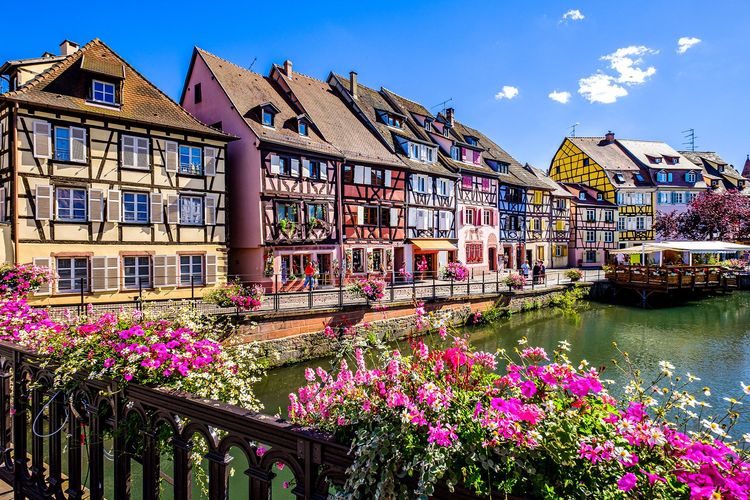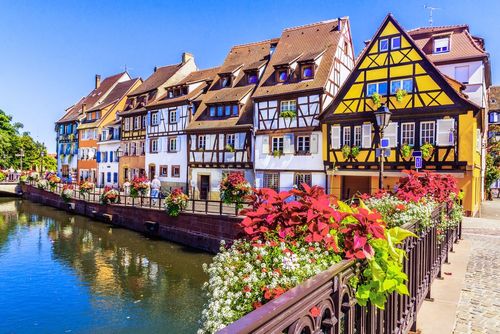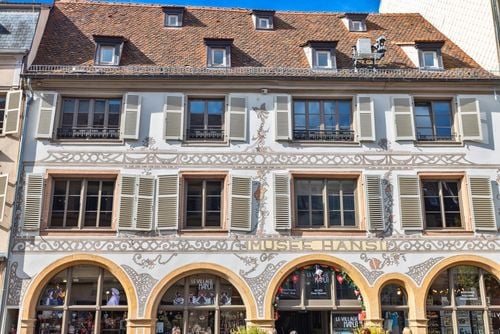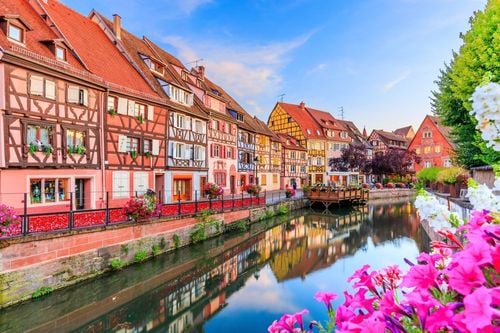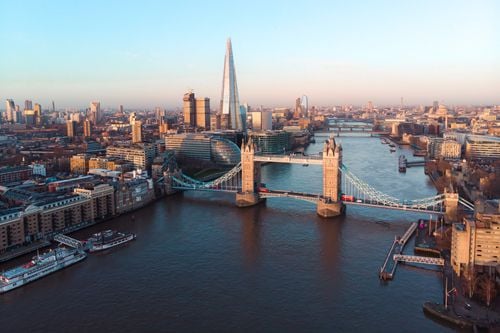Every Tuesday evening in summer, Colmar is alive with local folk music. These typically Alsatian evenings are a great way to immerse yourself in an authentic, warm, festive and friendly atmosphere! On the programme: numerous folk music and dance groups set up in the Place de l'Ancienne Douane, perpetuating a centuries-old farming tradition dating back to the 18th century.
Alsace is a land of traditions. With its blend of authenticity and conviviality, Alsatian culture is an invitation to celebrate and share. Dialect, cult products, folklore and other symbols make the hearts of its inhabitants beat faster, and delight travellers. Alsatians are proud of their customs and continue to keep their traditions alive. The Alsatian language, handed down from generation to generation, is a perfect example. While certain dialects in France are tending to disappear, Alsatian is still very much alive today, and bears witness to the determination of its inhabitants to keep their customs alive. Whether through its local festivities, its gastronomy, its traditional architecture with half-timbered houses, its folk costumes or its arts and crafts, Alsatian traditions are alive, vibrant and exciting! And if Colmar is said to be the most Alsatian of towns, then isn't it the ideal destination for discovering them?
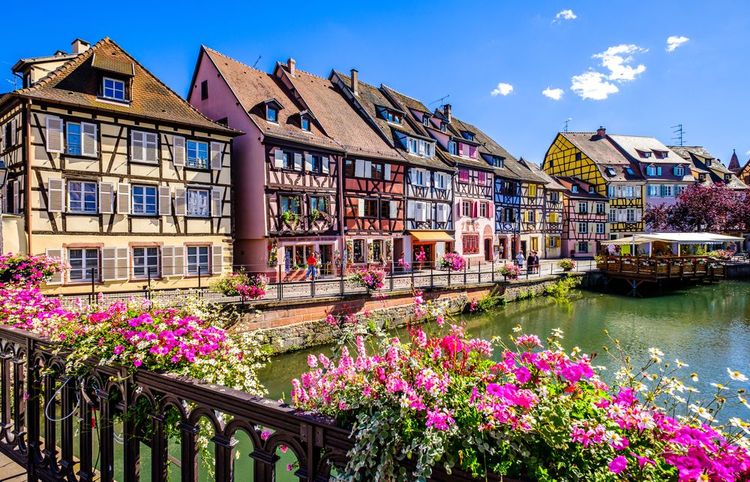
Les traditionnelles maisons à colombages alsaciennes
- © FooTToo / ShutterstockFolklore evenings in Colmar
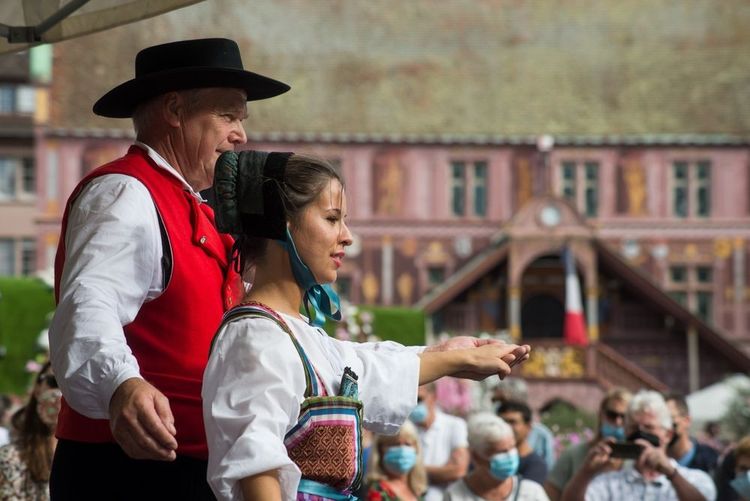
Des danseurs en costumes traditionnels
- © NeydtStock / ShutterstockYoung and old alike can discover (or rediscover) Alsatian folklore and the customs of this beautiful region. Traditional costumes will be on show, and the music will be in full swing. These folklore evenings are free and not to be missed if you're visiting Colmar in June!
Practical info
📍 Place de l'Ancienne Douane / June 2023
Details of the programme for Tuesday Folk Evenings in Colmar are not yet known for the next edition.
Alsatian costume
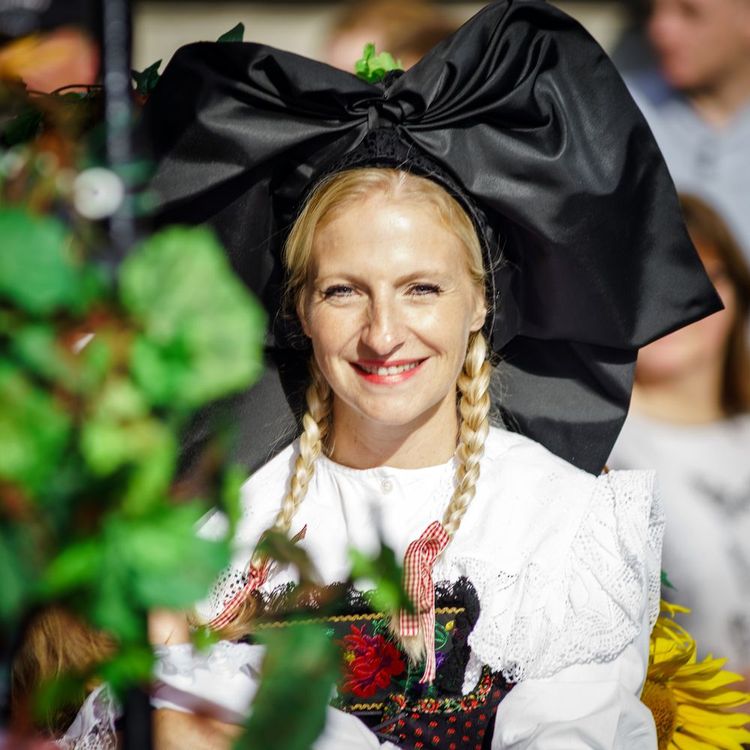
Le costume traditionnel féminin
- © Alexander Sorokopud / ShutterstockAlthough no longer worn in everyday life, the Alsatian costume remains a symbol of this beautiful region. Recognisable throughout France, it is still proudly worn at festivals and other regional events.
The traditional Alsatian costume gradually took shape in the 18th century. In fact, there is not just one traditional costume, but many. Originally, each village had its own costume and headdress. But today, with the aim of creating a common regional identity, a single standard costume has remained in popular culture.
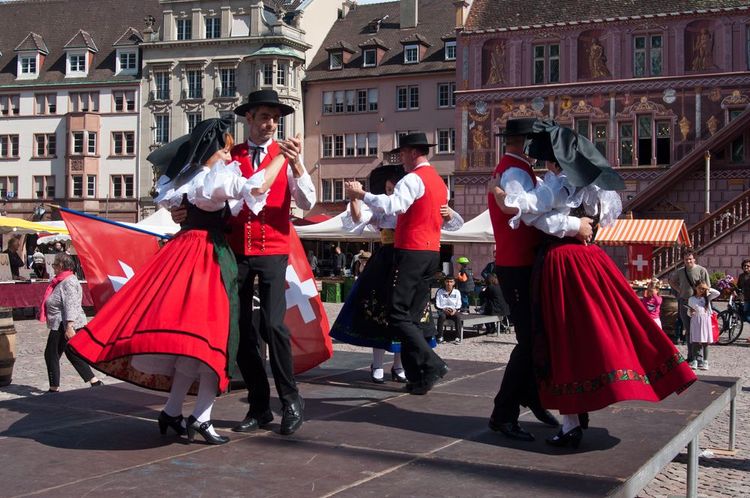
Exemple de costumes alsaciens lors de festivités locales
- © NeydtStock / ShutterstockThe traditional women's costume consists mainly of a white linen blouse and a black apron worn over a coloured skirt. The colour of the skirt changes depending on the wearer's religion. Catholic Alsatian women wear the 'Kutt', a long red skirt, while Protestant women wear the 'rock', which is shorter and coloured green, blue, red or purple.
The men's costume is simpler: a red waistcoat over a white shirt and black trousers. Good to know: the number of gold buttons embroidered on the suit originally indicated the wearer's level of wealth.
Half-timbered houses

Les façades colorées des maisons à colombages de Colmar
- © Claudio Giovanni Colombo / ShutterstockPostcard effect guaranteed with the half-timbered houses, which are an integral part of the Alsatian identity and landscape in Colmar. The best place to admire them is in the district of "La Petite Venise", the name given to the course of the Lauch in Colmar.
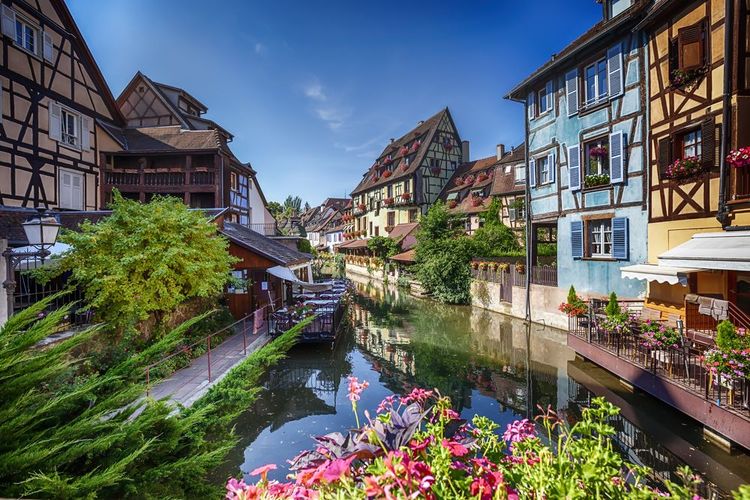
La « Petite Venise » en été
- © ariadna de raadt / ShutterstockThe name "Little Venice" probably comes from the original alignment of traditional houses on either side of the river. This district begins behind the Koïffhus, runs along the Quai de la Poissonnerie to the Turenne and Saint-Pierre bridges. It has retained its picturesque appearance, with many half-timbered houses with colourful facades dating from the 14th to 18th centuries.
Where to eat local specialities?
On the plate, sauerkraut is the most popular speciality! But Alsace is also famous for its wine, beer, flambé tarts (flammekueche) and a wide variety of desserts: kougelhopf, gingerbread, maennele, etc. There's something for every taste bud! Something for every taste bud!
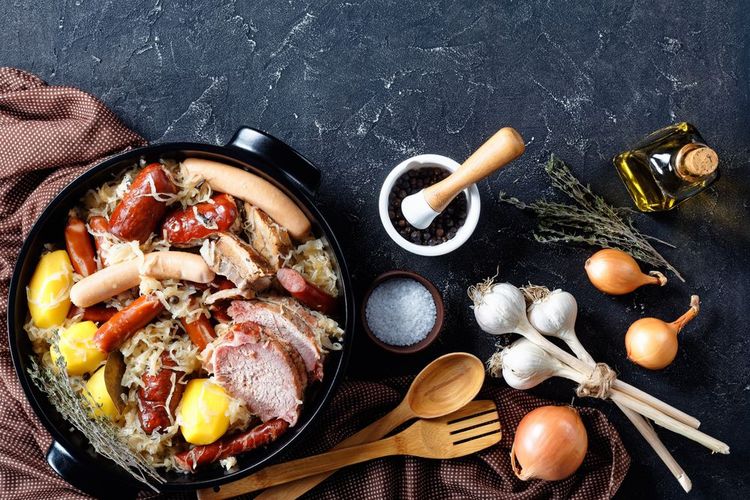
La célèbre choucroute alsacienne
- © from my point of view / ShutterstockAll these delicious dishes can be enjoyed in the Winstubs, typical Alsatian restaurants with intimate settings and a warm atmosphere. There are, of course, several Winstubs in Colmar where you can discover the local gastronomy. Nestling right in the heart of Little Venice, we recommend the Wistub Brenner, where you can sample sauerkraut and other typical Alsatian dishes in a rustic setting adorned with bowler hats and a terrace.
Where to stay in traditional accommodation?
Right in the heart of the emblematic district of 'Little Venice', with its many half-timbered houses, Le Colombier hotel is housed in an authentic Renaissance residence. In terms of decoration, this 4-star hotel perfectly combines design elements with the classic spirit of the building. All the rooms are refined and elegant. Its little plus? The hotel's inner courtyard, where an astonishing monumental fountain takes pride of place, is surrounded by traditional coloured facades and is the perfect place for a drink whenever the weather permits!
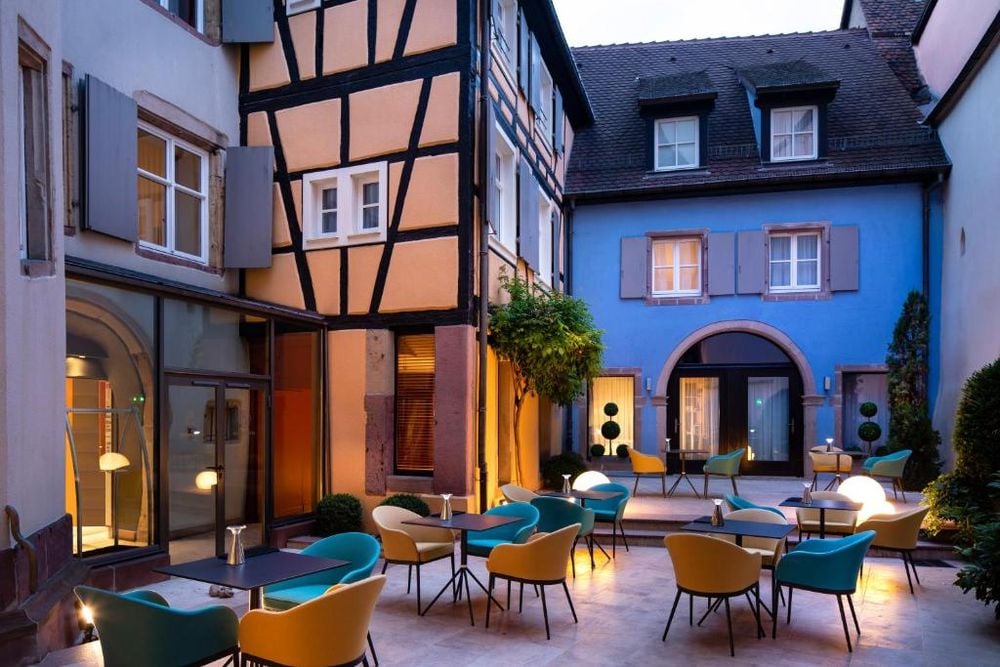 Colmar
Colmar
